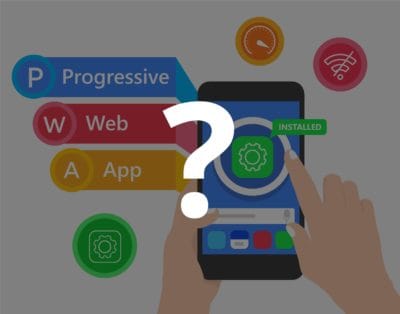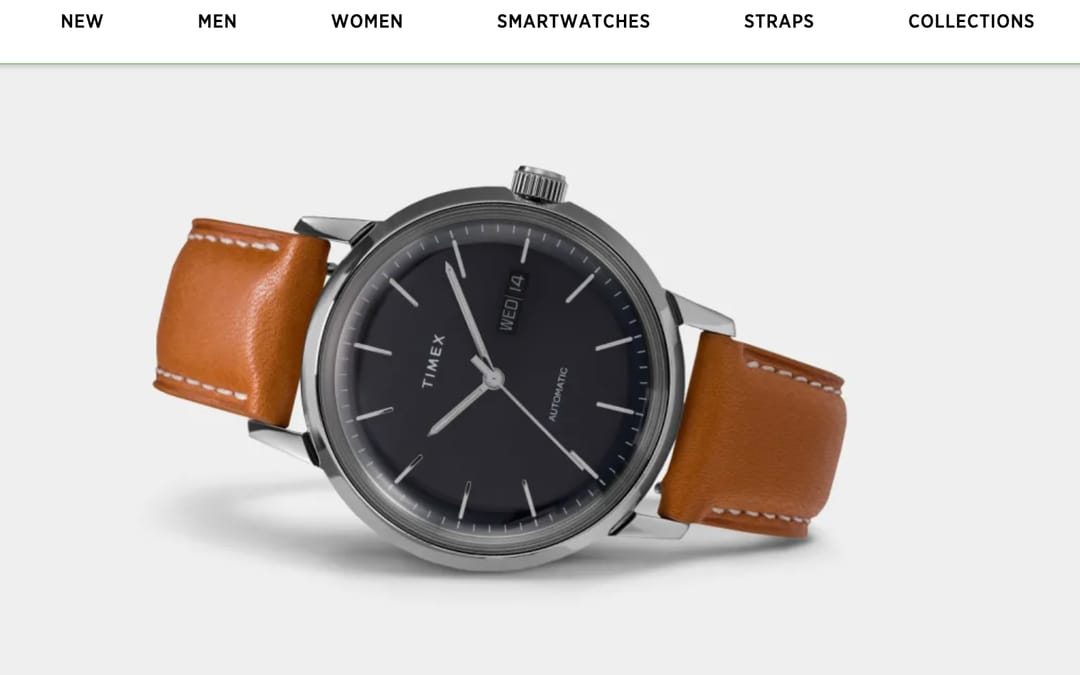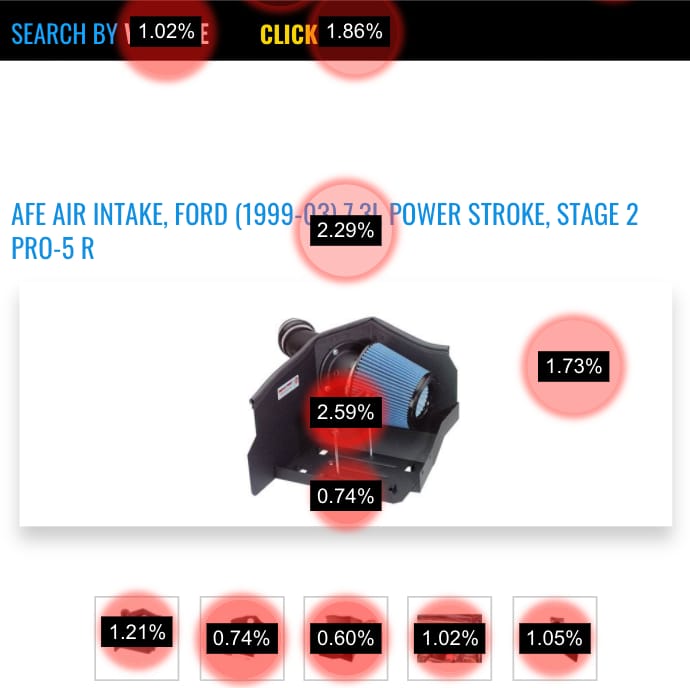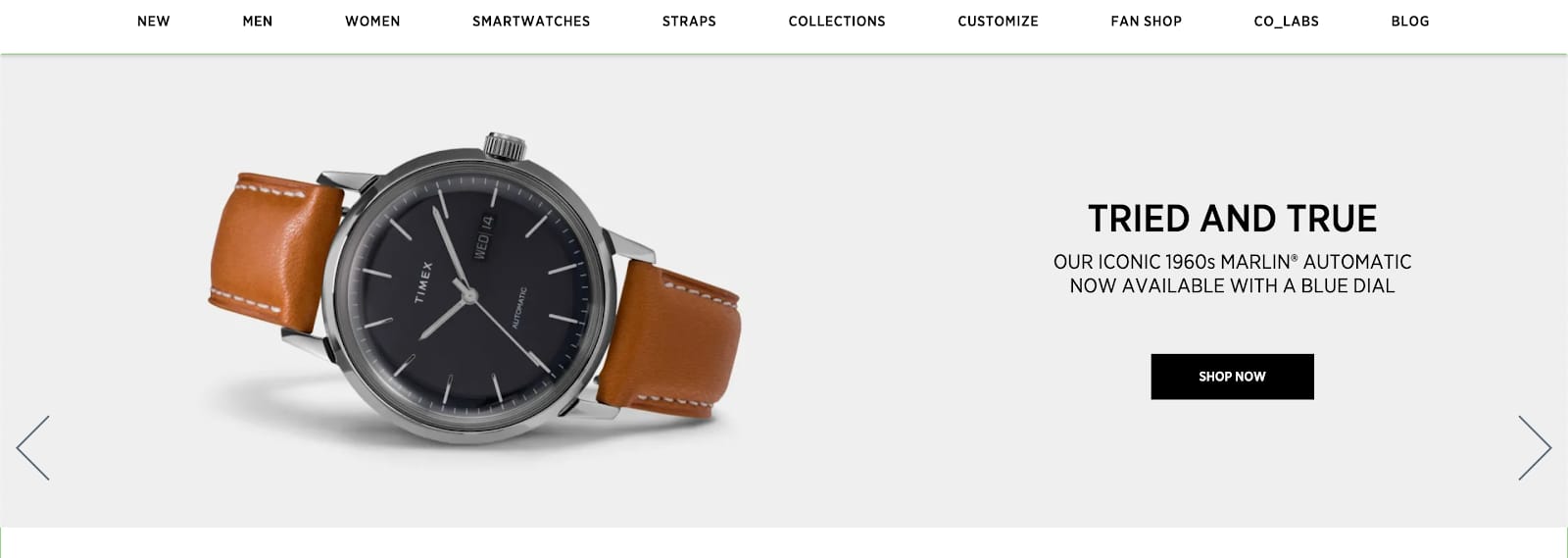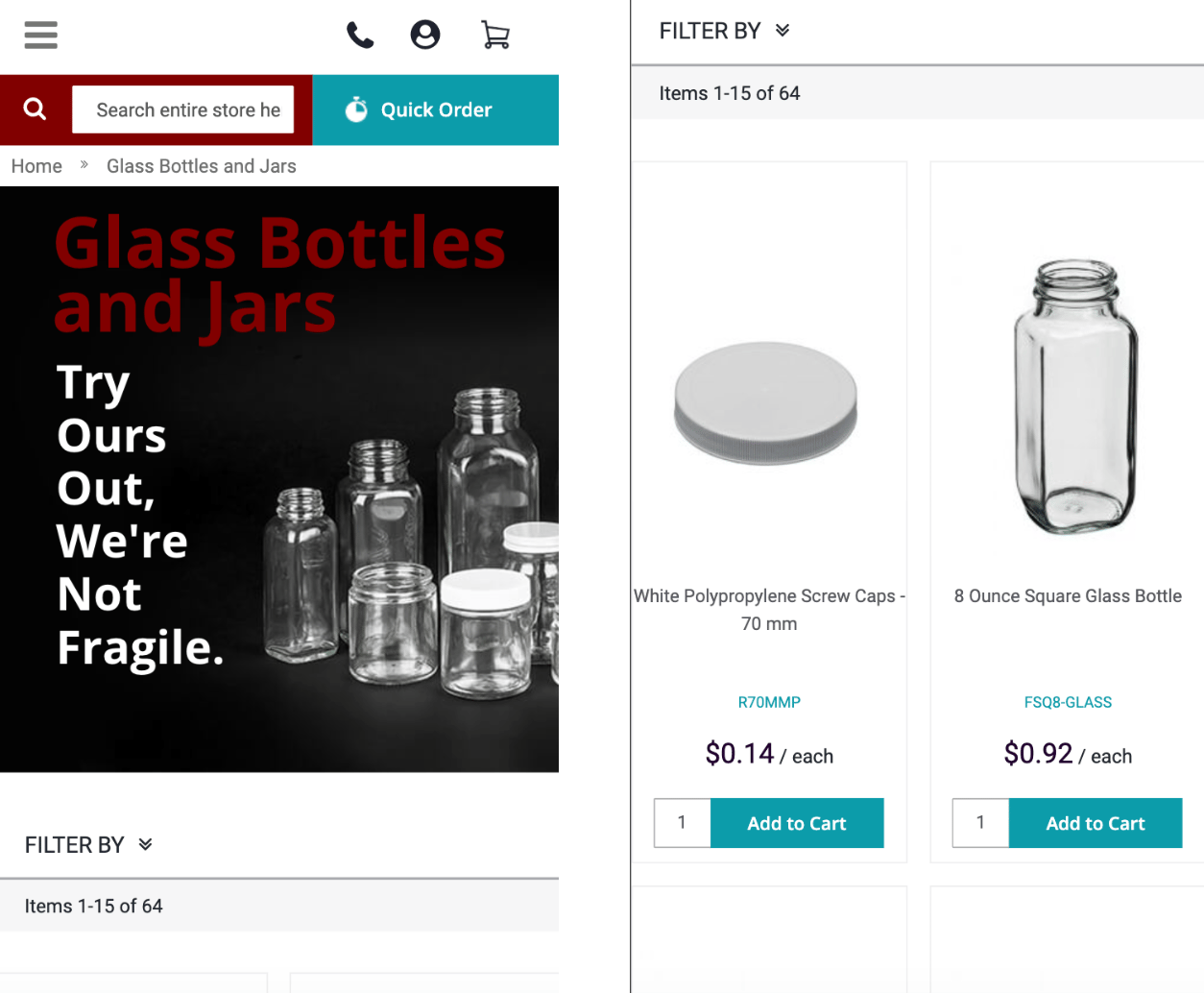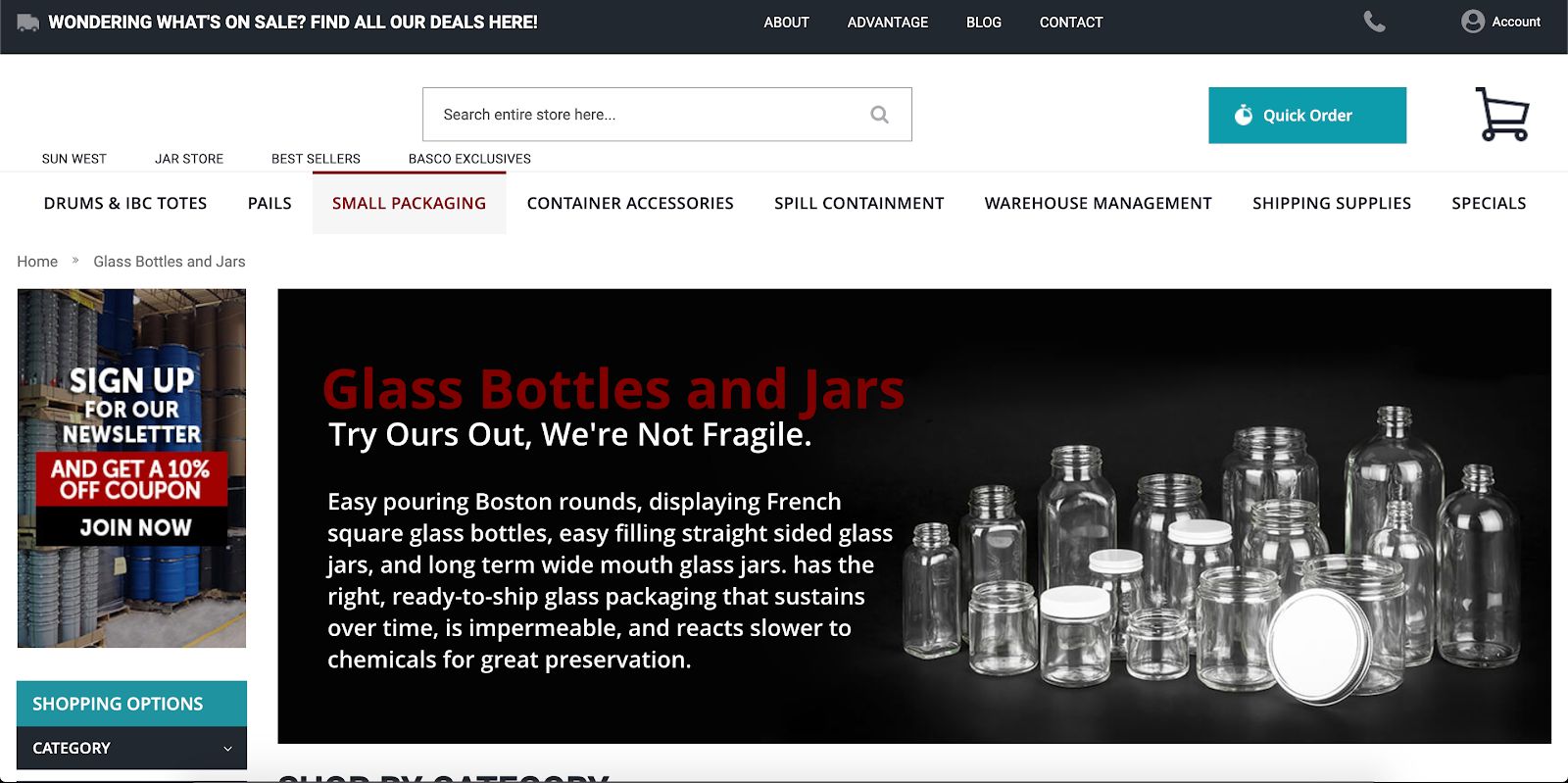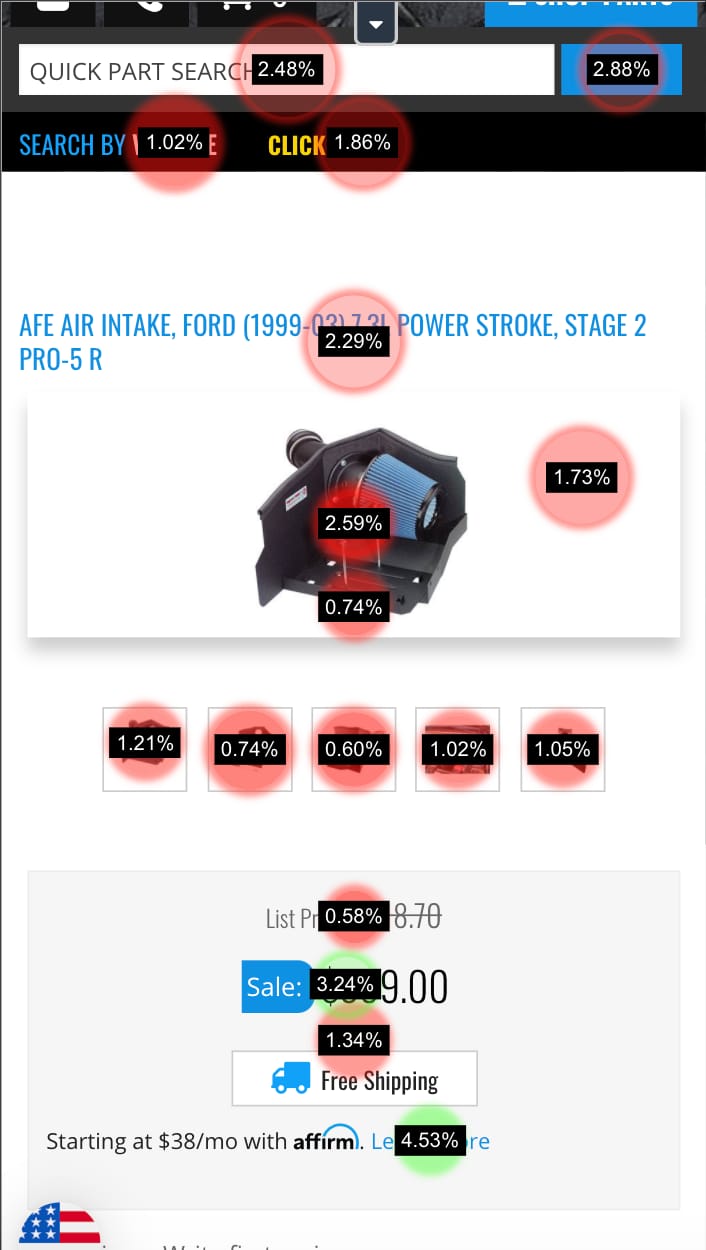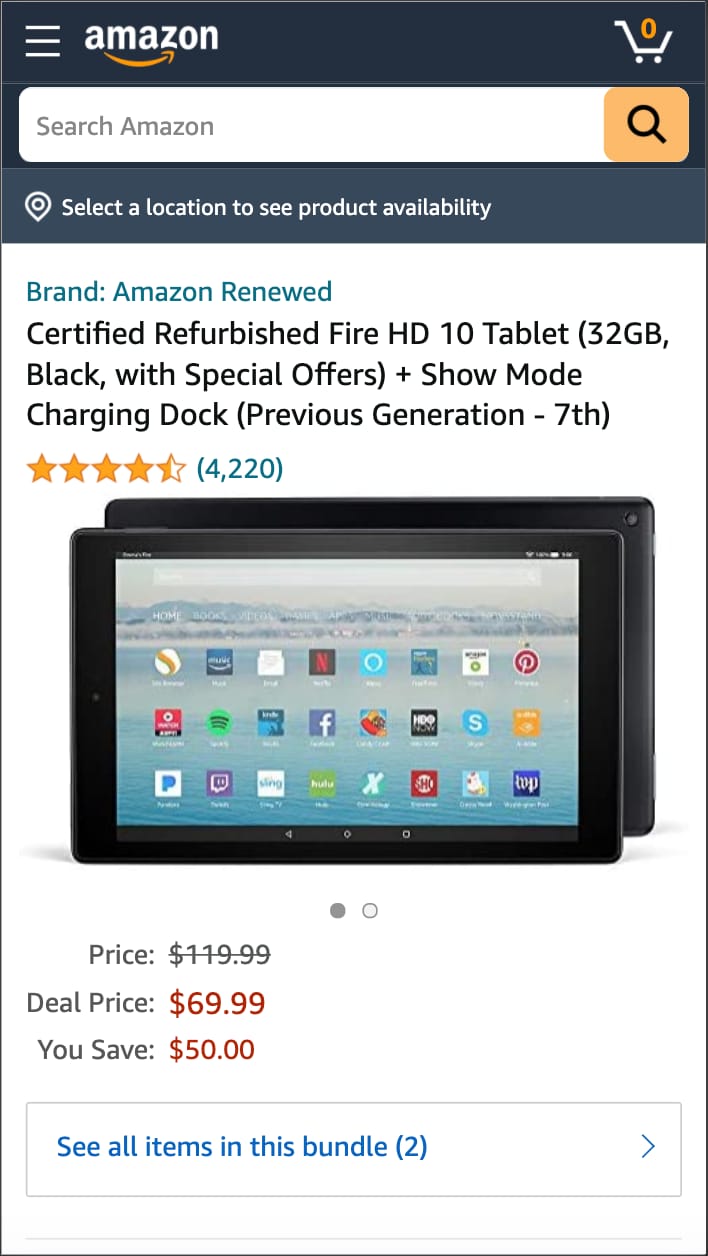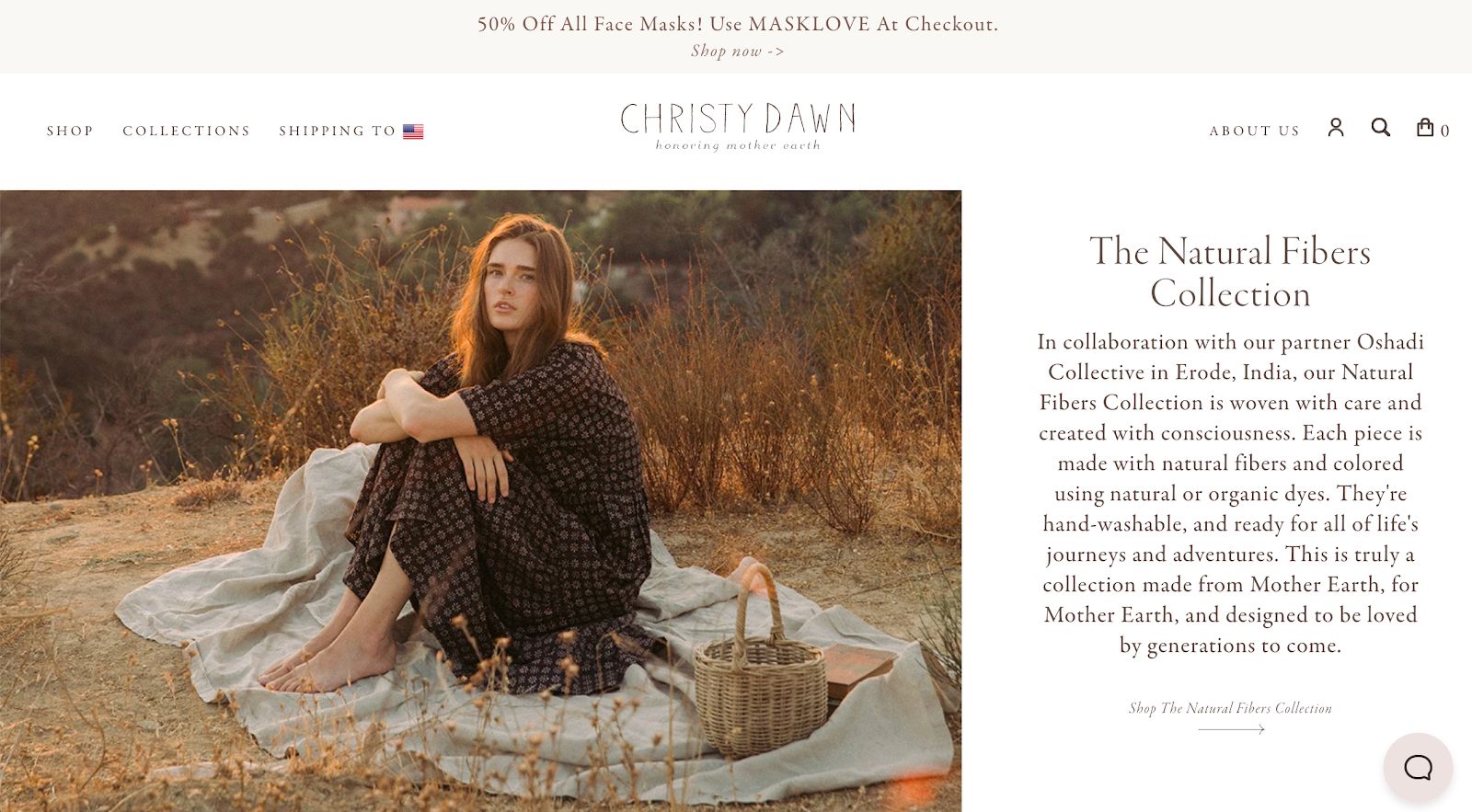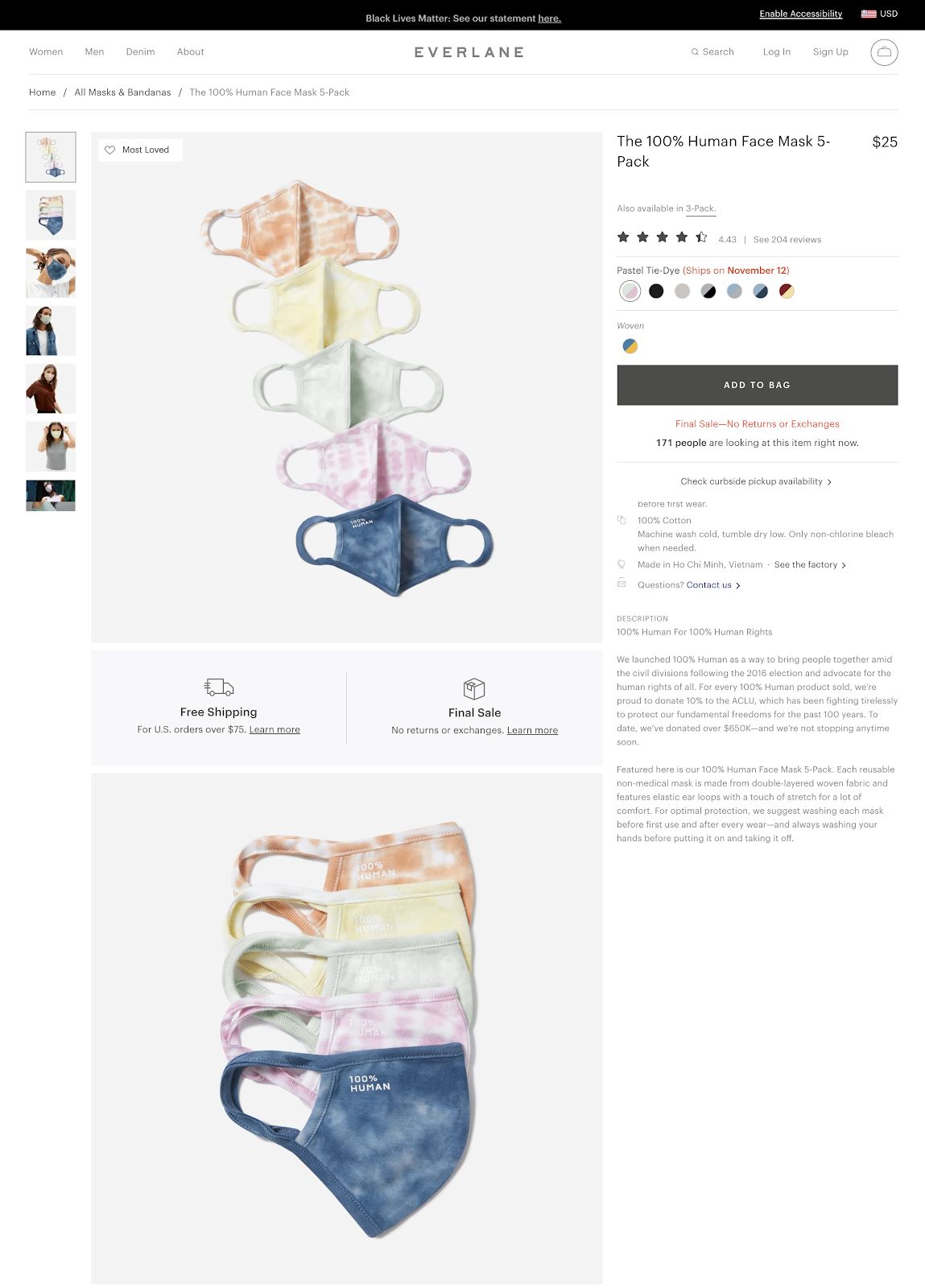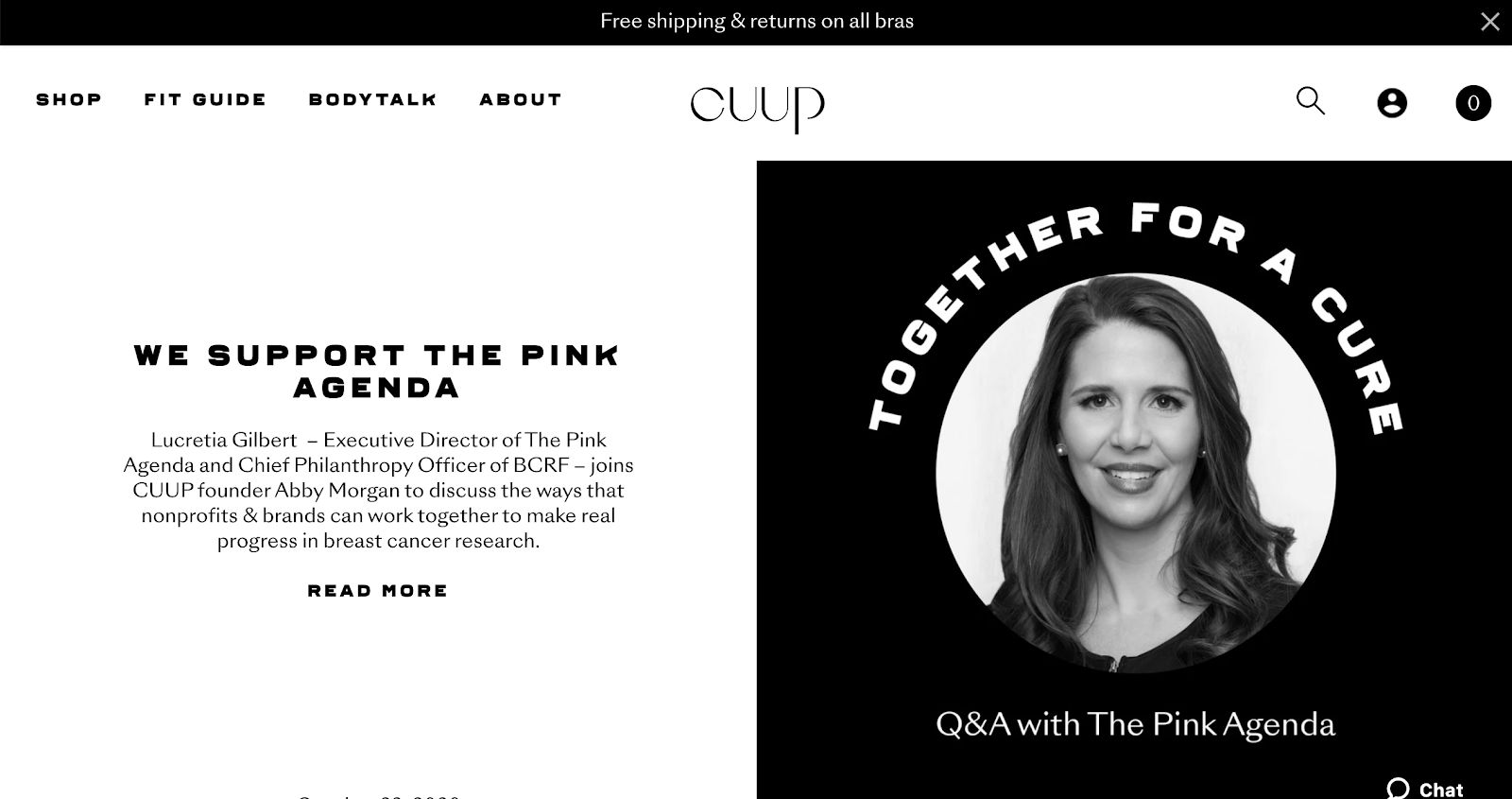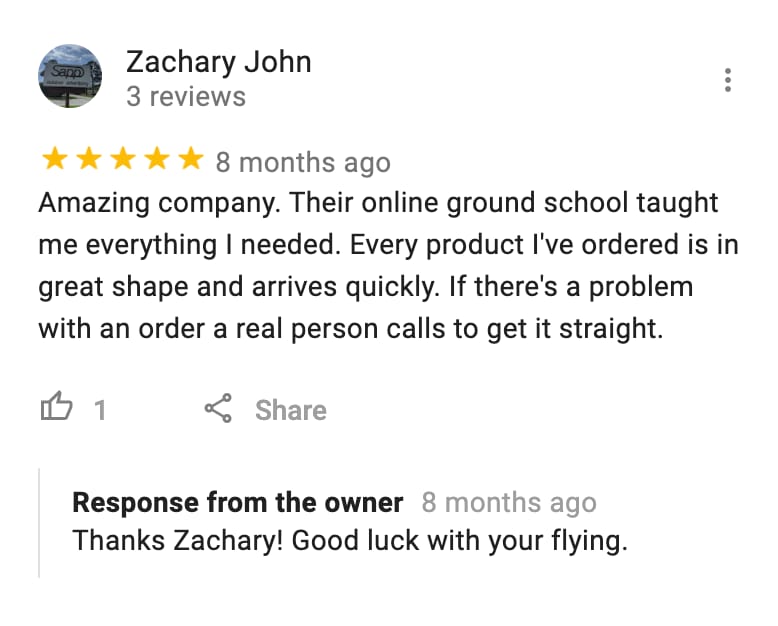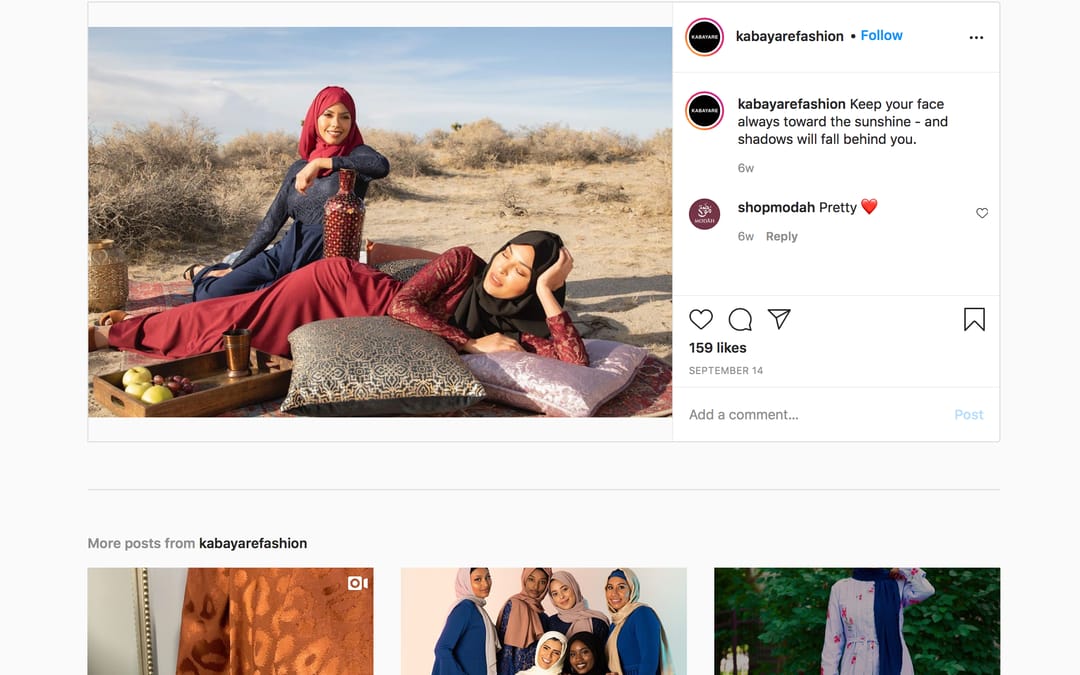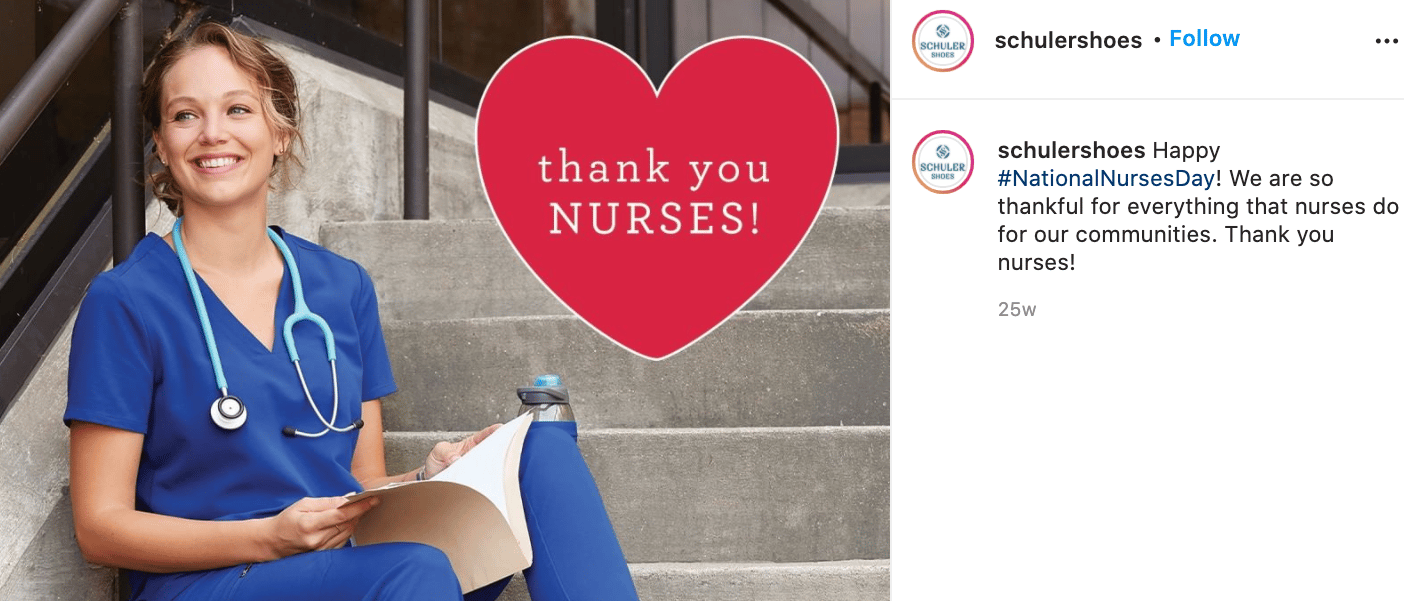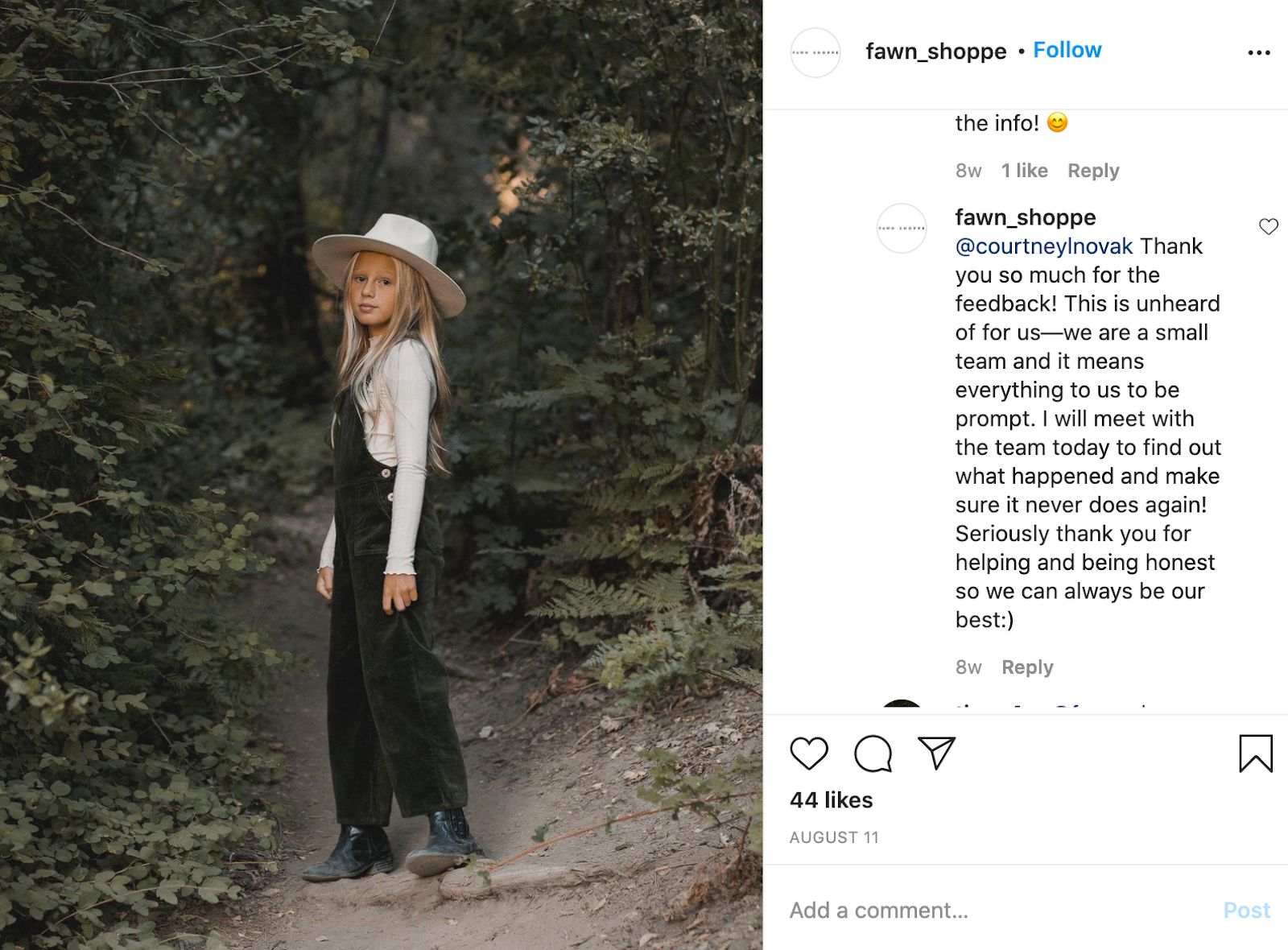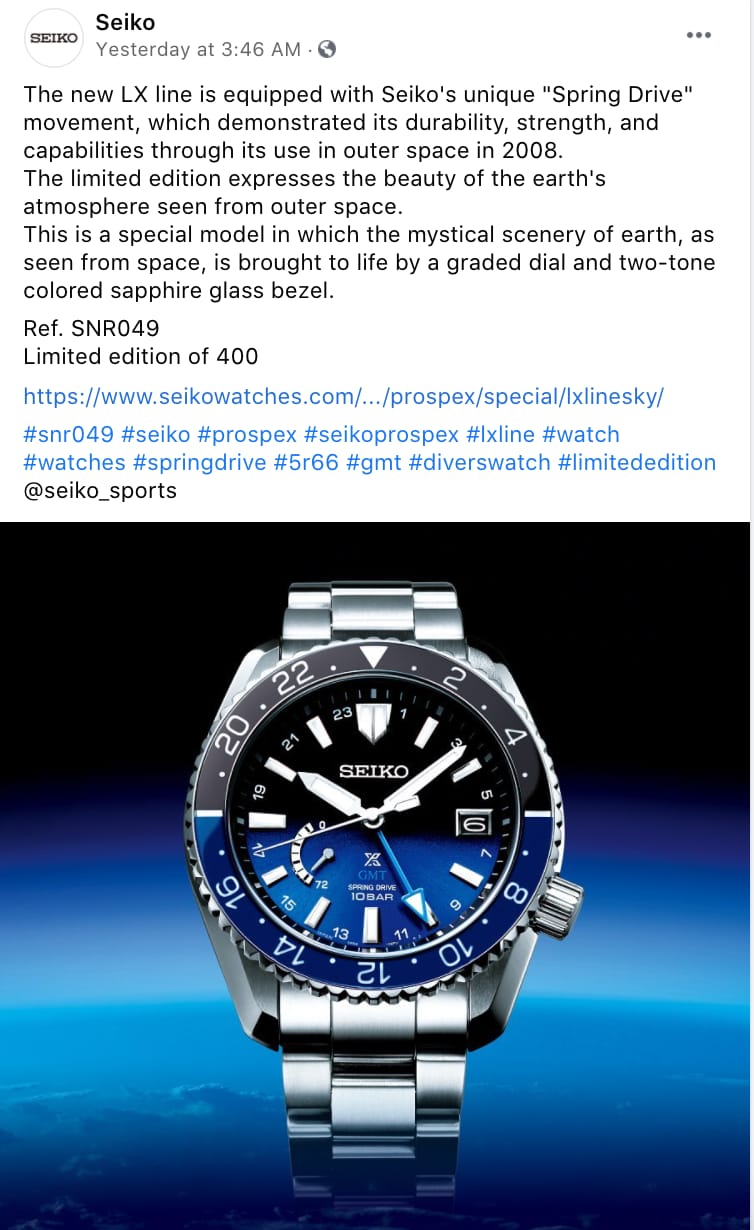
A Primer for a Successful Digital Marketing Campaign

Whether you are a brick-and-mortar retail store or an eCommerce store — or have both, it is crucial to implement some form of a digital marketing campaign. As you know, a digital marketing campaign is an online marketing effort that companies use to increase engagement, conversions, traffic and revenue through one or more digital channels. Digital marketing campaigns usually tie in with the brand’s overarching goals and are extensions of and complementary to other more traditional marketing efforts. Given that eCommerce webstores indeed live on the internet, it is even more important to launch and optimize a successful digital marketing campaign to not only increase sales but to reach a larger, wider and more diverse audience. In this guide, we’ll provide several recommendations for you to get started with or add to a successful digital marketing campaign to increase sales for your apparel eCommerce store.
Engage in Email Marketing
Direct mail advertising decreases more and more every year with companies opting for the less expensive and fastest advertising route — email marketing. Email marketing is where your company sends emails of sales, information, and products to existing and potential customers. As an online brand, you are most likely to stick to digital advertising, so email marketing is one of the most effective ways to increase sales. By sending emails, you can efficiently inform your customers and prospects about your promotions, products, social media pages and any other relevant information.
However, you want to be careful not to send too many emails. About 69% of users unsubscribe to companies that send what are considered to be too many emails. So how many emails are too many? Most companies send about two to eight emails a month. That’s a wide range — you’ll need to find out what works best for your business. But, as an apparel eCommerce store, you will most likely want to send about one or two emails a week to show customers a wide variety of products and promotions. Email marketing can be a long and tedious process. That’s why we recommend working with a marketing firm that understands the ins and outs of creating, sending and measuring the results of an ongoing email campaign. Finish Line is a great example of this. They have some great, bold, email designs.
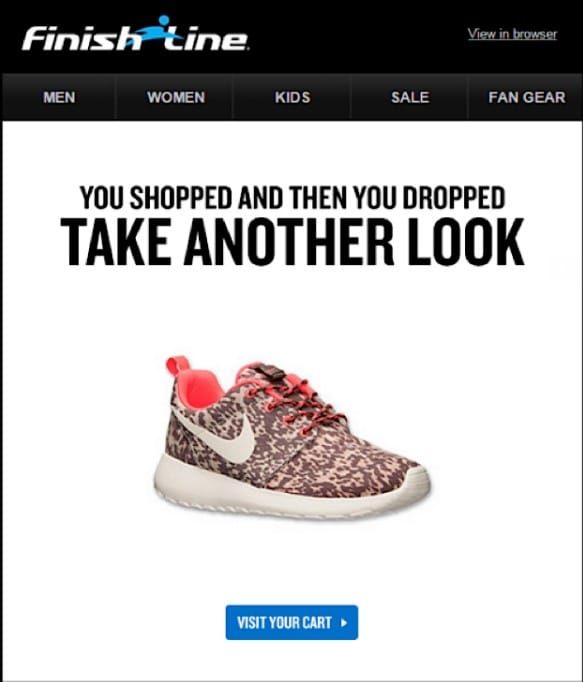
Post on Social Media
No need to limit your brand to just email marketing, you can also expand to social media marketing. On social media, you can promote current sales and products for customers to purchase. While utilizing social media, you are opening your brand to a potentially wider and more diverse audience. A few social media platforms to post your business on includes Facebook, Instagram, and Pinterest. Posting on social media is not for every company, but we have a few social media tactics you can keep in mind if you do consider the notion of promoting on social media. To avoid the confusion of social media requirements and to make sure that you are posting the most appropriate type of content to each platform, we recommend partnering with an experienced marketing firm that is knowledgeable in social media rules and requirements.
Promote Sales & Deals
For most businesses to have a successful digital marketing campaign, there needs to be some type of promotion to tout; whether it is a sale, deal or event. Having one or more sales during your campaign can help gain customer traction and revenue. You can promote these sales or deals in emails, on your site’s homepage and on social media. These sales do not have to be huge, complicated or even happen every week. Many brands focus on a percentage off of a full purchase sale, a buy one get one (BOGO) event or a clearance event. Including sales and deals as components of your digital marketing campaign not only helps increase revenue but also helps you to understand and improve your webstore conversion rates. ACAIS does a great job of this:
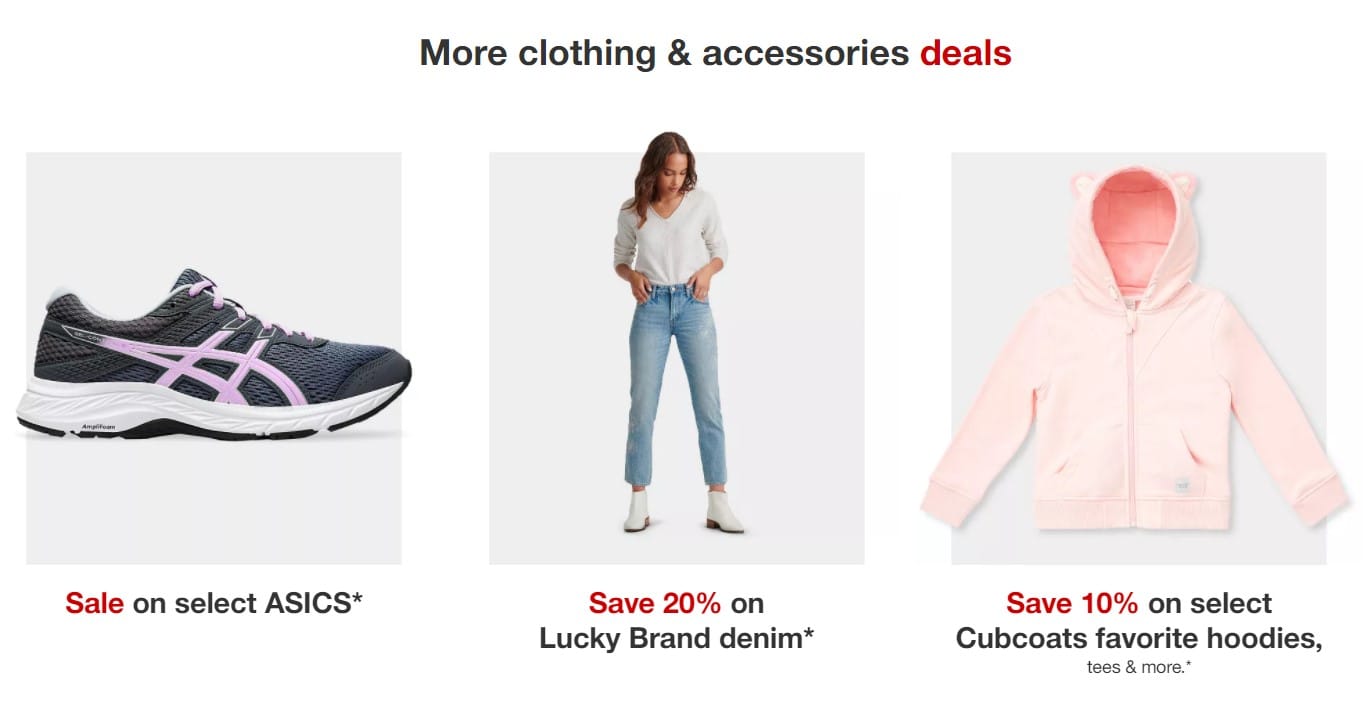
Create Compelling & Memorable Content
In the digital marketing world, messaging is the main communication between the brand and potential customers. Since users only take a few seconds to lose interest and exit a website, it is critical to capture the user’s attention with compelling, memorable and efficient messaging. At first glance, you need to entice customers to stay on the page and continue shopping. This means you need to use messaging including pictures, videos and graphics that evoke emotion, creates a connection with your audience or encourages users to browse through the webstore. There are many ways to show a compelling story through incentives like free shipping, an additional percentage off purchase or short, memorable copy. And if that is not enough of a reason to focus on creating terrific content, here’s one more: Google and the other search engines reward sites with strong, meaningful, compelling content with higher search engine rankings.
Have a Cohesive Story
An aspect of digital marketing that many companies have a hard time achieving is keeping a cohesive story. You want all your creative and graphic assets including emails, verbal and photographic content, social media and ads to structurally and creatively coincide with each other. Whether it is your brand’s overall aesthetic or the specific campaign for the month, this effort to focus will help customers distinguish your brand from others. Creating assets that do not match your brand and the specific campaign can confuse users and cause you to lose potential sales. During your planning meetings, create the story or goal that you want your brand to achieve. For example, if it is a summer event include products, design, graphics and content whether it is video or written copy that customers can associate with summer while staying true to your brand guidelines.
Schuler Shoes provides an excellent example of keeping a cohesive story during their seasonal summer sale. All digital assets including graphic elements, written copy and images focus on giving the offering a summer feel:
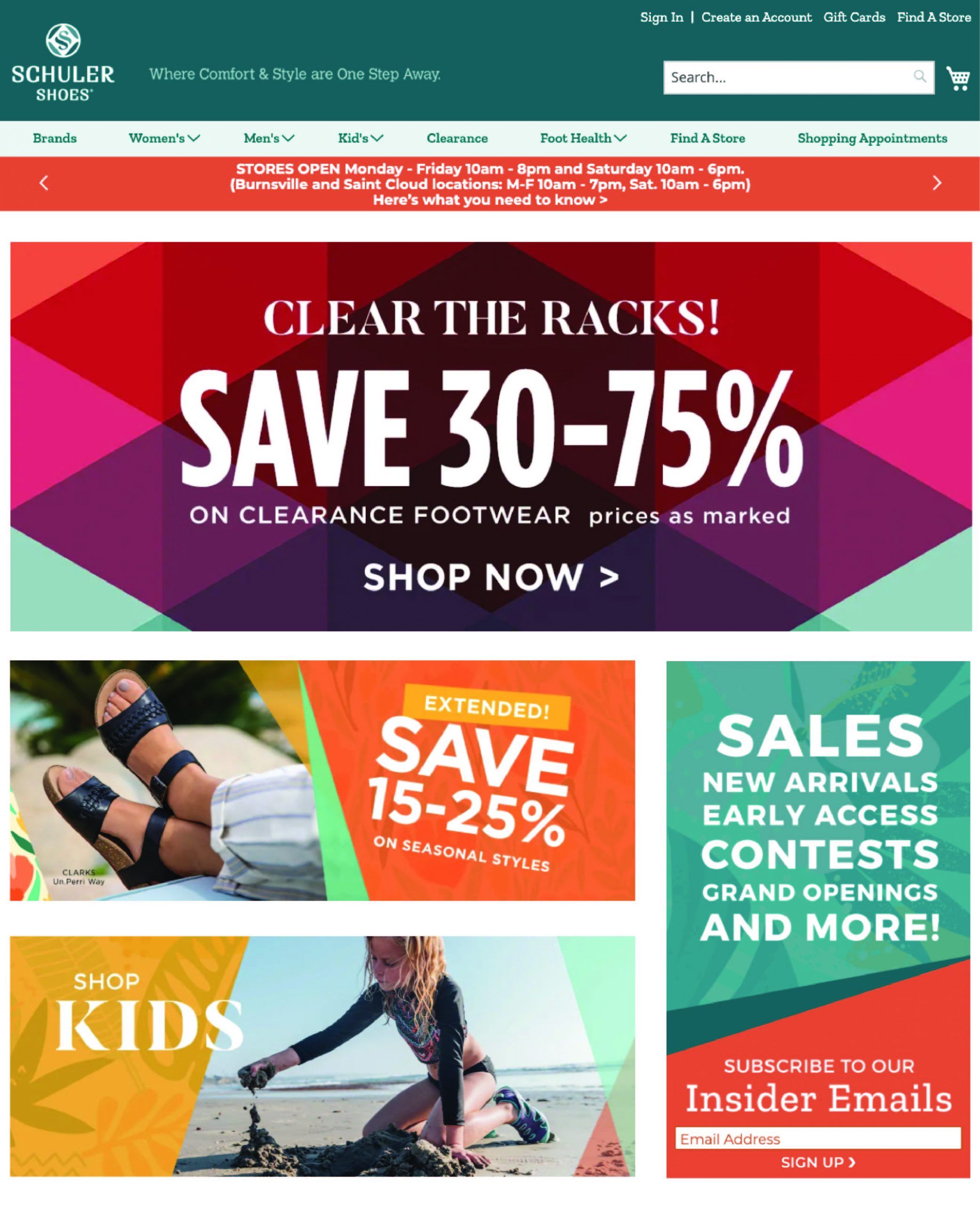
Conclusion
As consumers transition more into online shopping, planning and implementing a digital marketing campaign is the best way to increase sales for your apparel eCommerce store. These are just a few tips on how to start and add to a successful digital marketing campaign. For more information on how InteractOne can help your brand create a successful digital marketing campaign, contact us today.
Drop Us a Line At:
Or, if you prefer an old-fashioned phone call:
Phone (USA): (513) 469-3362
4665 Cornell Rd. Suite 255
Cincinnati, OH 45241













